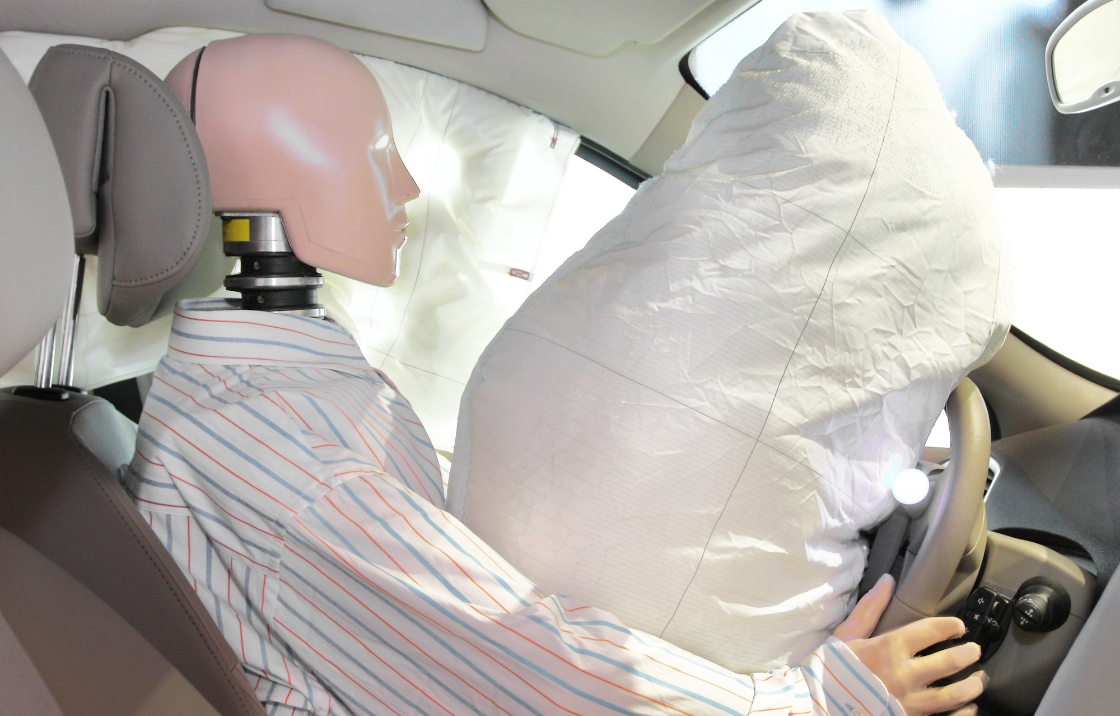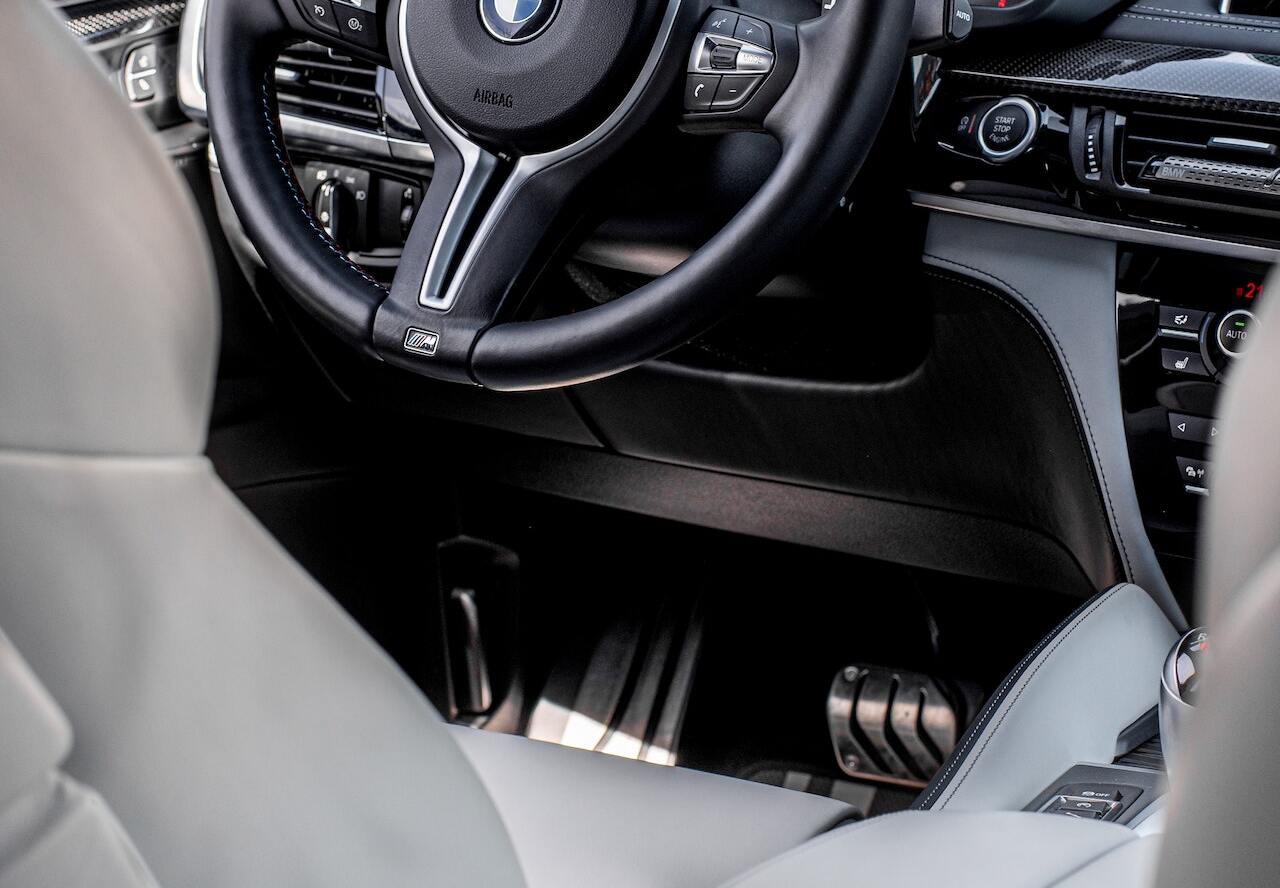How dangerous are cars without airbags?
While airbags are now standard in all new cars, it’s important to know that they are not legally required. Airbags are considered an additional safety feature in your car, alongside the mandatory seatbelt. It’s crucial to note that airbags are by no means a replacement for seatbelts, so always wear your seatbelt! In fact, statistics show that airbags can actually cause more injury when seatbelts are not used. Curious to learn more? Then read on!

Since the 1970s, the safety of car occupants has significantly improved through the introduction of new features such as seatbelts, airbags, and headrests. Curious about the effectiveness of airbags? For frontal collisions, the use of front airbags by belted drivers has resulted in a 22% decrease in fatalities. However, in accidents where the driver was not wearing a seatbelt, the impact of front airbags in preventing fatal injuries could not be observed (SWOV, 2022). Therefore, always make sure to wear your seatbelt!
How do airbags work?
First and foremost, what are airbags and how do they function? The airbags in a car are made of synthetic fiber called nylon. This material not only withstands high tension but also shows no signs of wear and tear even after being concealed behind a panel in the airbag module for years. But how does the airbag system work? When built-in sensors detect a collision, an igniter is activated, causing a gas charge to release and inflate the airbag with nitrogen within milliseconds. The airbag protects the person from impacting the dashboard, steering wheel, or rear seat. While the driver’s airbag is located in the steering wheel, the passenger’s airbag is located beneath the dashboard.
Through interaction between the Airbag Control Unit (ACU), also known as the airbag control module, and crash sensors installed partially in the control unit and partially in the car, the system recognizes when the airbag needs to be deployed. Acceleration sensors that can measure rapid deceleration also play a crucial role. To prevent improper airbag deployment, at least two types of sensors are always installed. If all sensors detect a delay, the airbag is deployed as the control unit acts as the airbag control center.
The benefits of airbags
An increasing number of people choose not to have airbags installed in their cars for various reasons, often believing they are unnecessary. However, airbags are indeed necessary and can make the difference between life and death. Cars without airbags are much more dangerous than those equipped with airbags. This is because airbags protect you from hard impacts and shocks. For example, in a frontal collision, the airbag will prevent your head from striking the steering wheel, potentially avoiding severe injuries or even death. Thus, airbags are crucial, and it is not wise to have them removed. If you still opt not to have airbags, make sure to at least wear a good seatbelt with a tensioner. It can also protect you during accidents and prevent you from being ejected from the car.
Nevertheless, having an airbag is highly recommended as it can prevent severe injuries. In the event of a collision, the airbag deploys within 30 milliseconds, minimizing the risk of injury. The airbag cushions the head and prevents excessive strain on the neck vertebrae. Side airbags provide protection for the entire body of the passenger. Cars without airbags are dangerous as they lack safety guarantees, significantly increasing the risk of severe injuries in accidents. To protect not only yourself but also the passengers in your car, airbags must be installed.
The future of airbags
Airbags are continuously being developed to further enhance and improve safety in the automotive industry. Future airbags aim to prevent or reduce complex injuries to the lower limbs and provide enhanced protection. Additionally, as autonomous vehicles become more prevalent, they will introduce a new paradigm on the roads, not only changing how passengers travel but also how they sit. We will have increased freedom of movement and will no longer be limited to a straight seating position.
The Safety Domain Control Unit (SDCU) is an evolving technology that supports the protection of both passengers and pedestrians. In addition to the conventional sensors of an airbag system, the control unit gathers information from driving dynamics sensors, radar, and camera sensors. This enables earlier detection of impending accidents and improves the assessment of accident severity. Through enhanced networking, the future holds the promise of effective passenger protection and maximum safety.
Conclusion
In conclusion, while airbags are not legally required, they have proven to be crucial in enhancing occupant safety. Their effectiveness in reducing fatalities in frontal collisions is evident when used in conjunction with seatbelts. However, it’s important to wear seatbelts, as airbags are not a substitute for them. Understanding how airbags work and their benefits reinforces their necessity in vehicles. Although cars without airbags may seem appealing for various reasons, statistics indicate that they pose greater risks and lack safety guarantees.
To ensure the highest level of safety for both the driver and passengers, installing airbags is strongly recommended. As advancements continue to be made in airbag technology, the future holds promising developments for further enhancing safety and protecting all road users.


